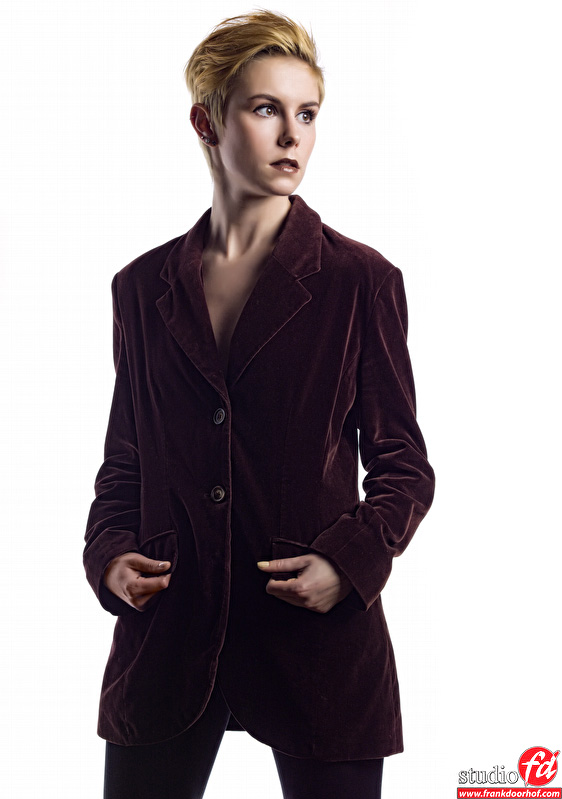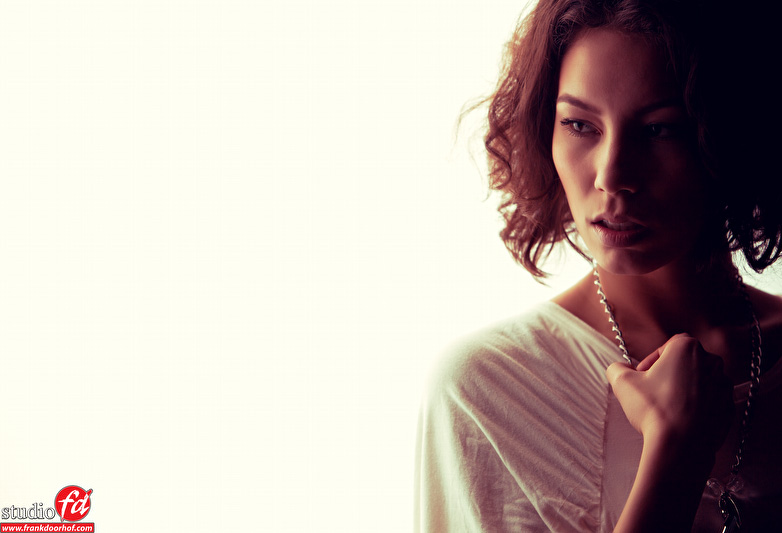All posts about light meters.
First workshop Small Flash
/15 Comments/in Visions and technique, Light meter/by Frank DoorhofAs you might have figured out by now I love to work with light, but I’m also a photographer that strongly believes that a setup should be measured and stable, meaning that you can deliver a system that works over and over again regardless of your own position, composition etc. I mainly work with studio/location strobes separate from the camera which I always call “big strobes” even thought the Elinchrom Quadras are in fact rather small still they have to be operated separate from the camera and measured with the light meter. Setting the “big strobes” up takes some time (although when you know what you’re doing it can be very fast) and in some situations there are simply put limitations to what you can do on location. Also take into account that when you travel, travel with the “big strobes” can be very limiting, not to say expensive.
But luckily there is an alternative the so called “system strobes” or what I call them (and many others) “small flash).
When I was demoing on Photokina last year I met up with Joe McNally (one of my absolute heroes) and somehow he triggered me to start looking into the “small flash” area again for the workshops, and to be honest he was 100% right. I teach the workshops a lot but mostly aimed at the “big flash” and there are of course a lot of people out there who are shooting with the “small flash” system, and since the theory behind light is exactly the same it should be a small change to include a workshop about the “small flash” into the program, this bugged me for some time and in my head I was thinking about the options and what I wanted to teach, because to put it mildly, to just put some strobes there and let people work with E-TTL would not cut if for me as an instructor, I really want my students to leave the workshop with some knowledges and tricks they did not think off before. Also because there are so many books out there and sites aimed at “strobist” style shooting I wanted something that would trigger people to think about the “small flash” differently than they are now.
The need to understand the light…..
/in Visions and technique, Light meter/by Frank Doorhof
most it must be some secret photoshop trick, or some very expensive camera and glass. Although I do use photoshop and a MF camera this is however not where it comes from. I have started teaching workshops and releasing instructional DVDs for the simple reason I found out that 99% of the photographers asking these questions are not shooting the way it supposed to be. I’m a firm believer that when you setup a shoot you should have the correct results straight out of the camera, or if you know your workflow use the light needed to get the endresult you want. There is NO way you can fix something in photoshop that is better than when you shot it right from the start.
In the workshops I try to teach photographers to go back to the state where you can trust your lightsetup and get stunning results straight out of the cam (and use photoshop to finish it, although it’s not really necessary to be honest for some people). What we do in the workshops is teach the students how light works, and more importantly how to manipulate the light and how to measure it. I don’t believe in all the urban legends about the histogram and fix it in photoshop. I teach the students how to calibrate their meter and how the system works, in other words your meter and understanding the light are the most powerful weapons a photographer can have. This way you will never ever wonder if your black background will turn black or if your white background will still show a little detail or should blow out.
Only studio ?
There is no photoshop trick to give you stunning results. There are simple lighting tricks that can look stunning without a big investment or dragging a whole studio outside. When you have a technique that relies heavely on photoshop (like the populair animated look) remember that the basis for that shot ALWAYS is the lightsetup, when taking for example Dave Hill you can never get that look if you don’t use the lightsetup he uses. Working with composition/posing/styling and communicating with your model is just as important as previous mentioned items.
I’ve been teaching for some years now and am very active online, 99% of the questions are about getting that wonderful shot that is shown as sample, however the questions are always about photoshop and the images shown that should look like sample are totally different lightwise, somehow people really expect a wonder filter for photoshop that makes everything else. For me it’s very simple, learn how to take the shot, learn to understand and look at the light, work your shadows and angles and you will improve considerably as a photographer, photoshop for me is about 5-10 minutes per shot but only to make it 100% the way I want it and I can’t fix on location (like skin etc.) I will however not take away shadows or change the light.
To see the light you have to understand the light.
To understand the light you HAVE to see the light.
Contact
Studio Frank Doorhof:
Constructieweg 8
8305 AA Emmeloord
The Netherlands
+31-6-14522327
Or Email : [email protected]



